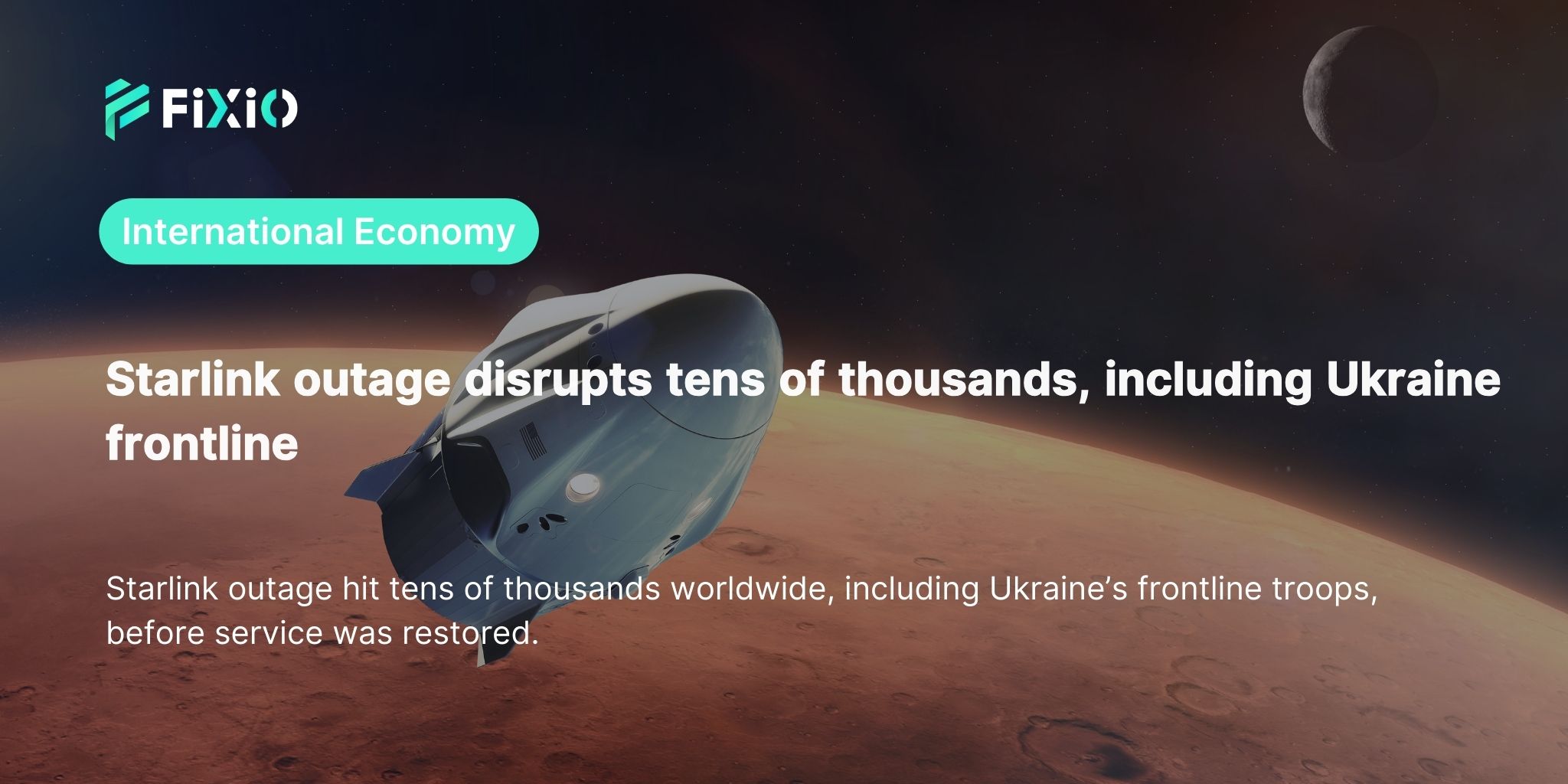
When a system so many depend on stumbles, the ripple is hard to miss: starlink experienced a brief global outage that disrupted connectivity for tens of thousands of users worldwide and, critically, for Ukrainian forces along the frontline. What follows breaks down what happened, why it matters, and how militaries, businesses, and everyday users can build resilience before the next disruption strikes.
In the early hours of the incident, user reports surged on platforms that track service status, including Downdetector. Initial complaints clustered in the United States and Europe, then spread, highlighting how a single satellite internet service can influence connectivity patterns across regions.
Within Ukraine, frontline units suddenly lost access around local morning time, with service gradually returning soon after. The outage was short, but the impact was sharp because many critical workflows—messaging, telemetry, and video—run across Starlink’s links. That combination of breadth and intensity is exactly why this disruption drew global attention.
Starlink sits within the broader category of satellite internet access. Unlike fixed fiber or cable, it reaches remote and under-served areas with comparatively fast deployment. For rural communities and mobile operations, an antenna, power, and a clear sky can be enough to come online in minutes.
Starlink is a satellite internet constellation operated by SpaceX. Thousands of small satellites in low Earth orbit (LEO) hand off connections as they move overhead, enabling low-latency broadband in places that have never had it before.
Since the start of the Russian invasion of Ukraine, Starlink has played a pivotal role in restoring communications where terrestrial networks were damaged or unreachable. It underpins logistics, situational awareness, and the control of unmanned aerial vehicles (UAVs). In a warzone, seconds matter; an outage, even a brief one, can force operators to revert to degraded modes.
The first visible sign was a sharp uptick in outage reports. Next came confirmations from units in the field and from civilian users losing service at home and on the road. As with most network incidents, the immediate questions were: How widespread is it? What’s the failure mode? When will service stabilize?
For a typical household, a temporary outage is inconvenient. For teams flying drones or coordinating evacuations, it’s a hazard. The event underscored a simple truth: when critical operations depend on a single system, the risk concentrates. That’s why redundancy and failover paths are not “nice to have”—they’re essential.
Starlink’s architecture spans thousands of LEO satellites, ground stations, user terminals, and a complex software control plane. Any large system can experience downtime from software defects, configuration errors, gateway issues, weather interference, or satellite handoff anomalies.
LEO delivers low latency and improves user experience for real-time traffic. The trade-off is constant movement. Satellites must orchestrate handovers cleanly, and terminals must keep lock as the best-positioned bird changes. When the control plane hiccups, those handovers can falter, leading to the kind of brief, widespread outage users experienced.
On the frontline, networks are not an afterthought; they are capability. UAV pilots rely on stable links to stream video, adjust flight paths, and trigger payloads. Command posts need chat, maps, and telemetry. A momentary loss can force a switch to pre-planned contingency modes—less data, more autonomy, tighter rules of engagement.
Outages will happen—even to best-in-class providers. The goal is not zero downtime; it’s fast detection, quick mitigation, and graceful recovery.
A decade ago, a globe-spanning LEO mesh sounded ambitious. Today, systems like Starlink have turned into practical infrastructure.
The outage reminded us that modern connectivity—no matter how advanced—can blink. For Ukraine’s forces, that blink forces rapid adaptation. For families and small businesses, it can pause essential tasks. The antidote is resilience: multiple paths, clear priorities, and practiced playbooks. With those in place, the next time starlink hiccups, you won’t be offline—you’ll be ready.
Stay informed with the latest Forex trading news and analysis. Visit our website now at: https://fixiomarkets.com/en/prex-blogs
Starlink outage hit tens of thousands worldwide, including Ukraine’s frontline troops, before service was restored.
Superior trade execution & trading conditions with the NDD method.

The online FX industry provides a platform for investors worldwide to engage in the buying and selling.

Subscribe to our daily newsletter and get the best forex trading information and markets status updates
Trade within minutes!
Comment (0)